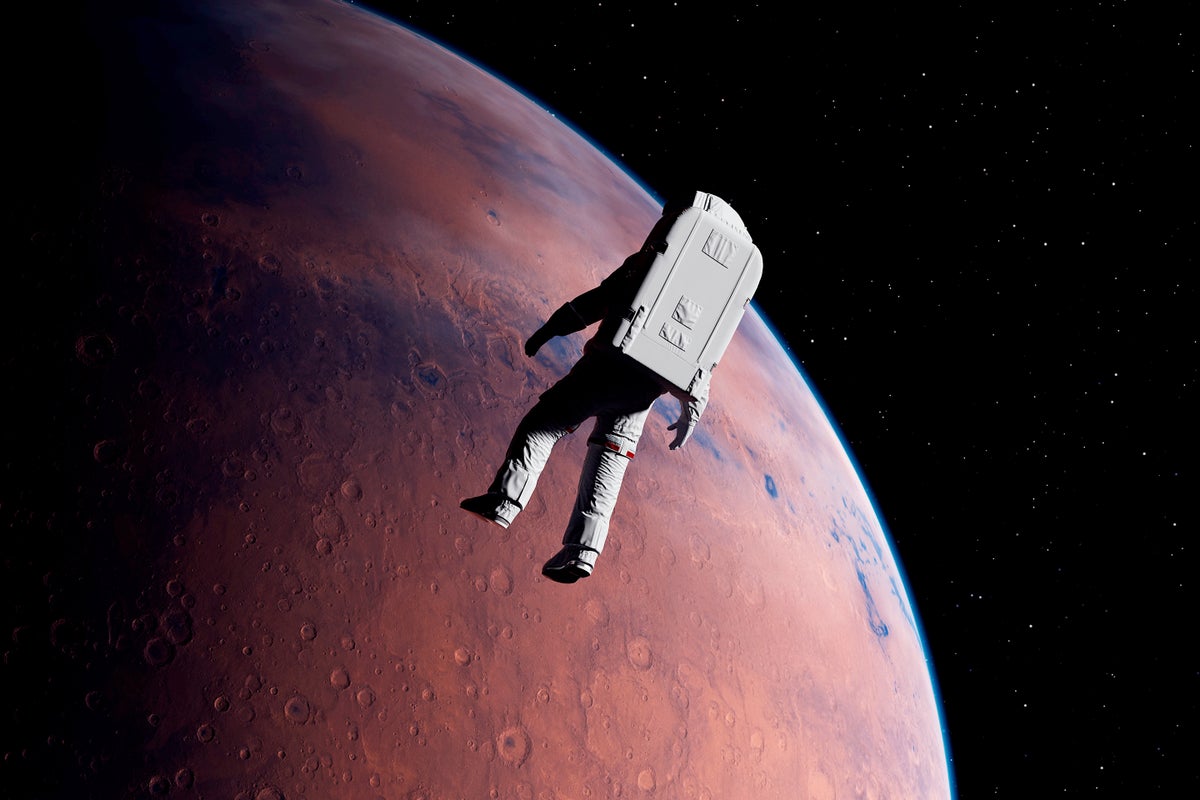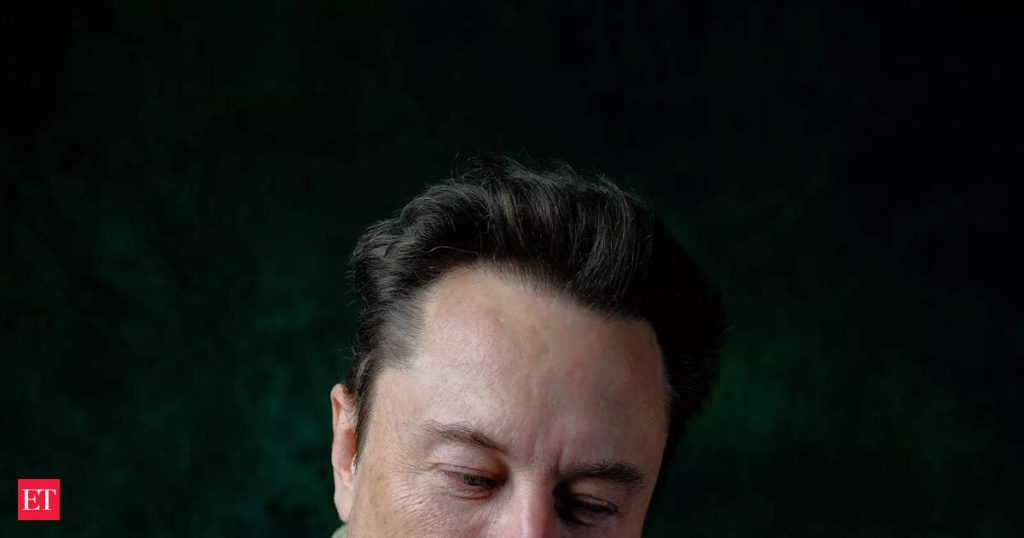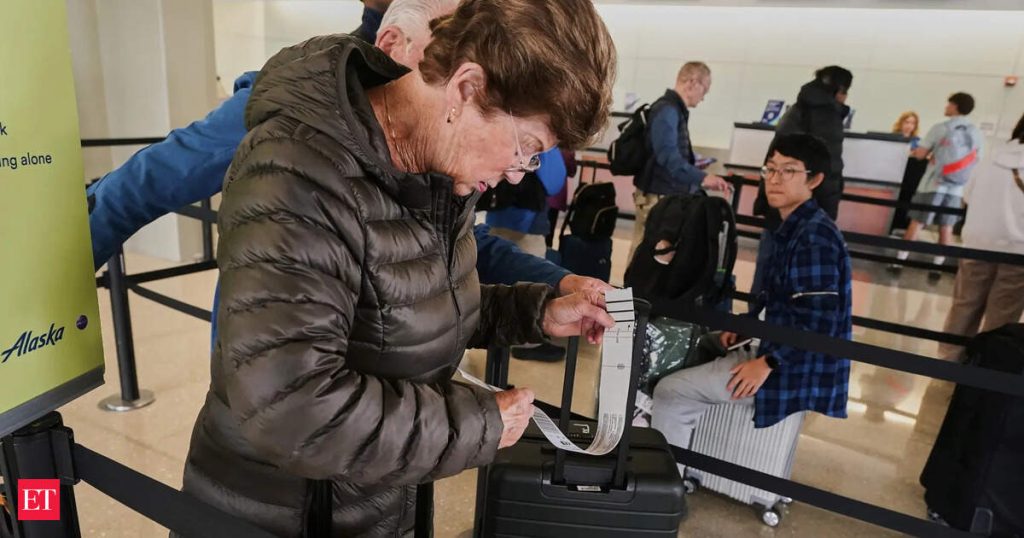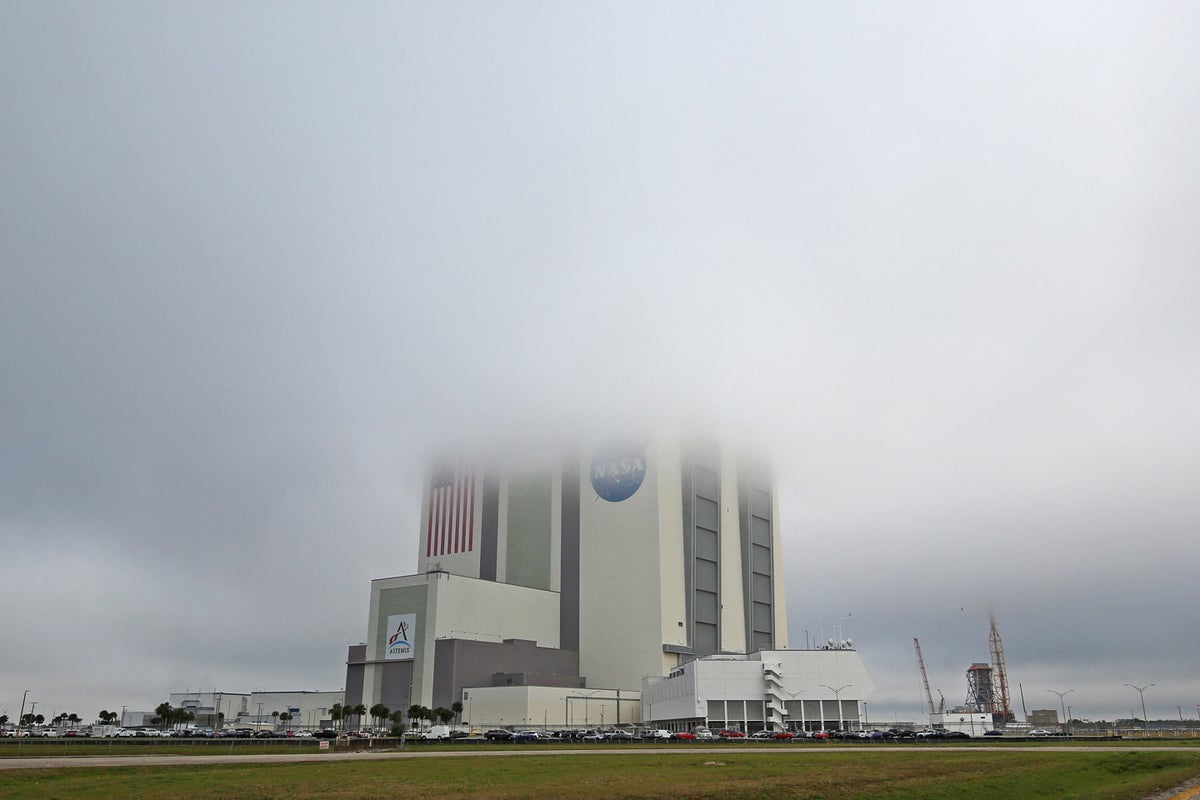Now Reading: Is NASA Ready for Death in Space?
-
01
Is NASA Ready for Death in Space?
Is NASA Ready for Death in Space?

In 2012 NASA stealthily slipped a morgue into orbit.
No press release. No fanfare. Just a sealed, soft-sided pouch tucked in a cargo shipment to the International Space Station (ISS) alongside freeze-dried meals and scientific gear. Officially, it was called the Human Remains Containment Unit (HRCU). To the untrained eye it looked like a shipping bag for frozen cargo. But to NASA it marked something far more sobering: a major advance in preparing for death beyond Earth.
As a kid, I obsessed over how astronauts went to the bathroom in zero gravity. Now, decades later, as a forensic pathologist and a perennial applicant to NASA’s astronaut corps, I find myself fixated on a darker, more haunting question:
On supporting science journalism
If you’re enjoying this article, consider supporting our award-winning journalism by subscribing. By purchasing a subscription you are helping to ensure the future of impactful stories about the discoveries and ideas shaping our world today.
What would happen if an astronaut died out there? Would they be brought home, or would they be left behind? If they expired on some other world, would that be their final resting place? If they passed away on a spacecraft or space station, would their remains be cast off into orbit—or sent on an escape-velocity voyage to the interstellar void?
NASA, it turns out, has begun working out most of these answers. And none too soon. Because the question itself is no longer if someone will die in space—but when.
A Graying Corps
No astronaut has ever died of natural causes off-world. In 1971 the three-man crew of the Soviet Soyuz 11 mission asphyxiated in space when their spacecraft depressurized shortly before its automated atmospheric reentry—but their deaths were only discovered once the spacecraft landed on Earth. Similarly, every U.S. spaceflight fatality to date has occurred within Earth’s atmosphere—under gravity, oxygen and a clear national jurisdiction. That matters, because it means every spaceflight mortality has played out in familiar territory.
But planned missions are getting longer, with destinations beyond low-Earth orbit. And NASA’s astronaut corps is getting older. The average age now hovers around 50—an age bracket where natural death becomes statistically relevant, even for clean-living fitness buffs. Death in space is no longer a thought experiment. It’s a probability curve—and NASA knows it.
In response, the agency is making subtle but decisive moves. The most recent astronaut selection cycle was extended—not only to boost intake but also to attract younger crew members capable of handling future long-duration missions.
NASA’s Space Morgue
If someone were to die aboard the ISS today, their body would be placed in the HRCU, which would then be sealed and secured in a nonpressurized area to await eventual return to Earth.
The HRCU itself is a modified version of a military-grade body bag designed to store human remains in hazardous environments. It integrates with refrigeration systems already aboard the ISS to slow decomposition and includes odor-control filters and moisture-absorbent linings, as well as reversed zippers for respectful access at the head. There are straps to secure the body in a seat for return, and patches for name tags and national flags.
Cadaver tests conducted in 2019 at Sam Houston State University have proved the system durable. Some versions held for over 40 days before decomposition breached the barrier. NASA even drop-tested the bag from 19 feet to simulate a hard landing.
But it’s never been used in space. And since no one yet knows how a body decomposes in true microgravity (or, for that matter, on the moon), no one can really say whether the HRCU would preserve tissue well enough for a forensic autopsy.
This is a troubling knowledge gap, because in space, a death isn’t just a tragic loss—it’s also a vital data point. Was an astronaut’s demise from a fluke of their physiology, or an unavoidable stroke of cosmic bad luck—or was it instead a consequence of flaws in a space habitat’s myriad systems that might be found and fixed? Future lives may depend on understanding what went wrong, via a proper postmortem investigation.
But there’s no medical examiner in orbit. So NASA trains its crews in something called the In-Mission Forensic Sample Collection protocol. The space agency’s astronauts may avoid talking about it, but they all have it memorized: Document everything, ideally with real-time guidance from NASA flight surgeons. Photograph the body. Collect blood and vitreous fluid, as well as hair and tissue samples. Only then can the remains be stowed in the HRCU.
NASA has also prepared for death outside the station—on spacewalks, the moon or deep space missions. If a crew member perishes in vacuum but their remains are retrieved, the body is wrapped in a specially designed space shroud.
The goal isn’t just a technical matter of preventing contamination. It’s psychological, too, as a way of preserving dignity. Of all the “firsts” any space agency hopes to achieve, the first-ever human corpse drifting into frame on a satellite feed is not among them.
If a burial must occur—in lunar regolith or by jettisoning into solar orbit—the body will be dutifully tracked and cataloged, treated forevermore as a hallowed artifact of space history.
Such gestures are also of relevance to NASA’s plans for off-world mourning; grief and memorial protocols are now part of official crew training. If a death occurs, surviving astronauts are tasked with holding a simple ceremony to honor the fallen—then to move on with their mission.
Uncharted Realms
So far we’ve only covered the “easy” questions. NASA and others are still grappling with harder ones.
Consider the issue of authority over a death and mortal remains. On the ISS, it’s simple: the deceased astronaut’s home country retains jurisdiction. But that clarity fades as destinations grow more distant and the voyages more diverse: What really happens on space-agency missions to the moon, or to Mars? How might rules change for commercial or multinational spaceflights—or, for that matter, the private space stations and interplanetary settlements that are envisioned by Elon Musk, Jeff Bezos and other tech multibillionaires?
NASA and its partners have started drafting frameworks, like the Artemis Accords—agreements signed by more than 50 nations to govern behavior in space. But even those don’t address many intimate details of death.
What happens, for instance, if foul play is suspected?
The Outer Space Treaty, a legal document drafted in 1967 under the United Nations that is humanity’s foundational set of rules for orbit and beyond, doesn’t say.
Of course, not everything can be planned for in advance. And NASA has done an extraordinary job of keeping astronauts in orbit alive. But as more people venture into space, and as the frontier stretches to longer voyages and farther destinations, it becomes a statistical certainty that sooner or later someone won’t come home.
When that happens, it won’t just be a tragedy. It will be a test. A test of our systems, our ethics and our ability to adapt to a new dimension of mortality. To some, NASA’s preparations for astronautical death may seem merely morbid, even silly—but that couldn’t be further from the truth.
Space won’t care of course, whenever it claims more lives. But we will. And rising to that grim occasion with reverence, rigor and grace will define not just policy out in the great beyond—but what it means to be human there, too.























